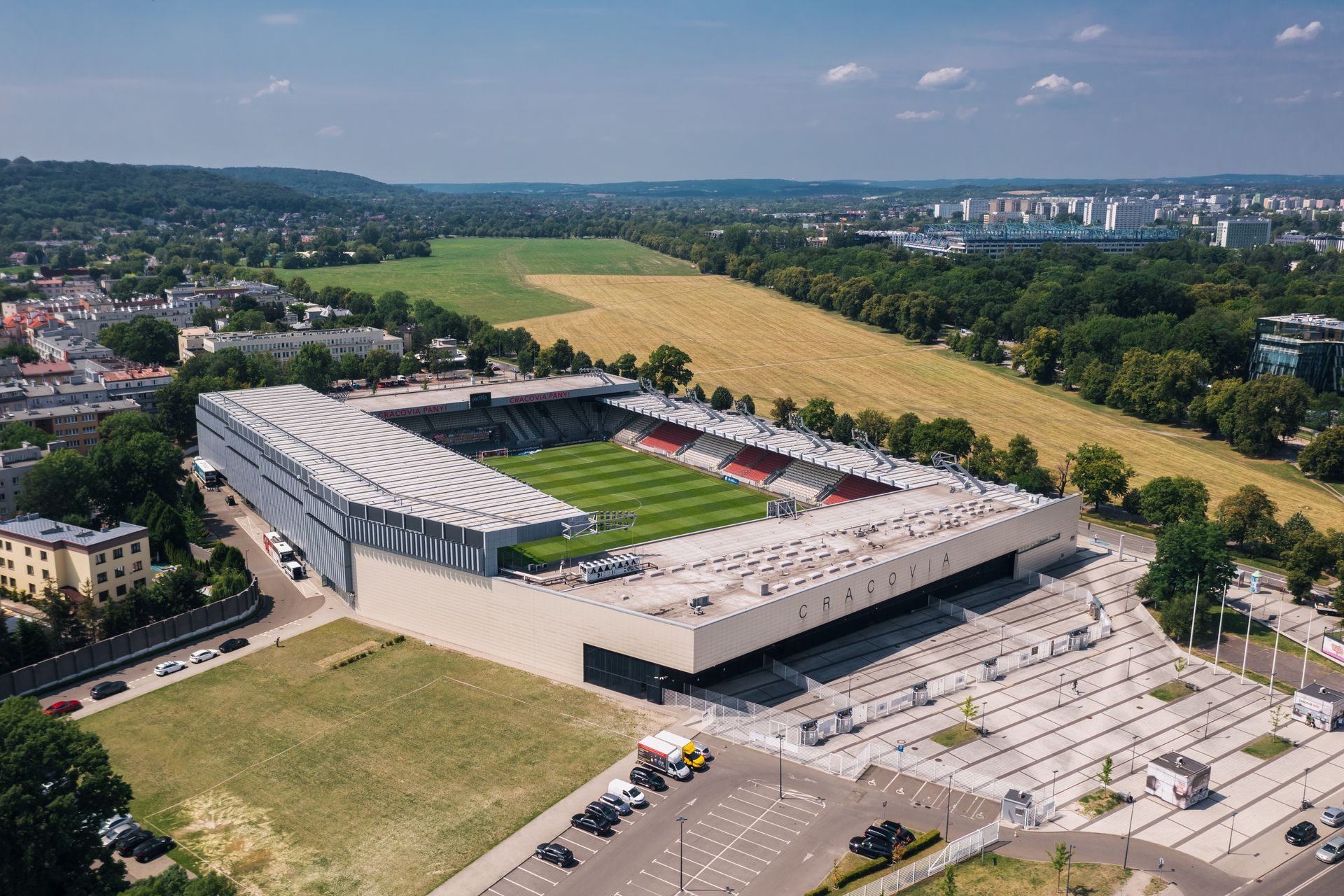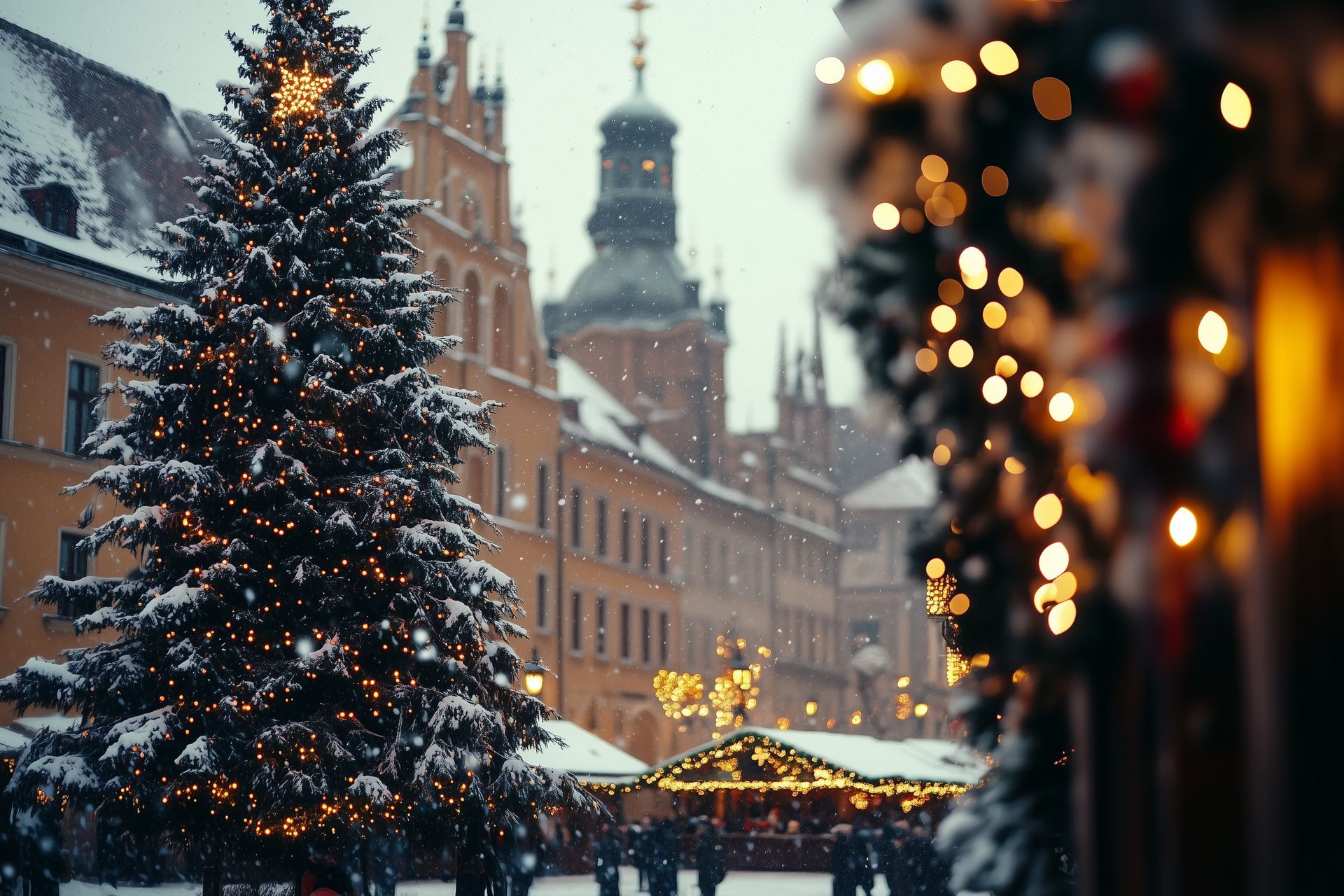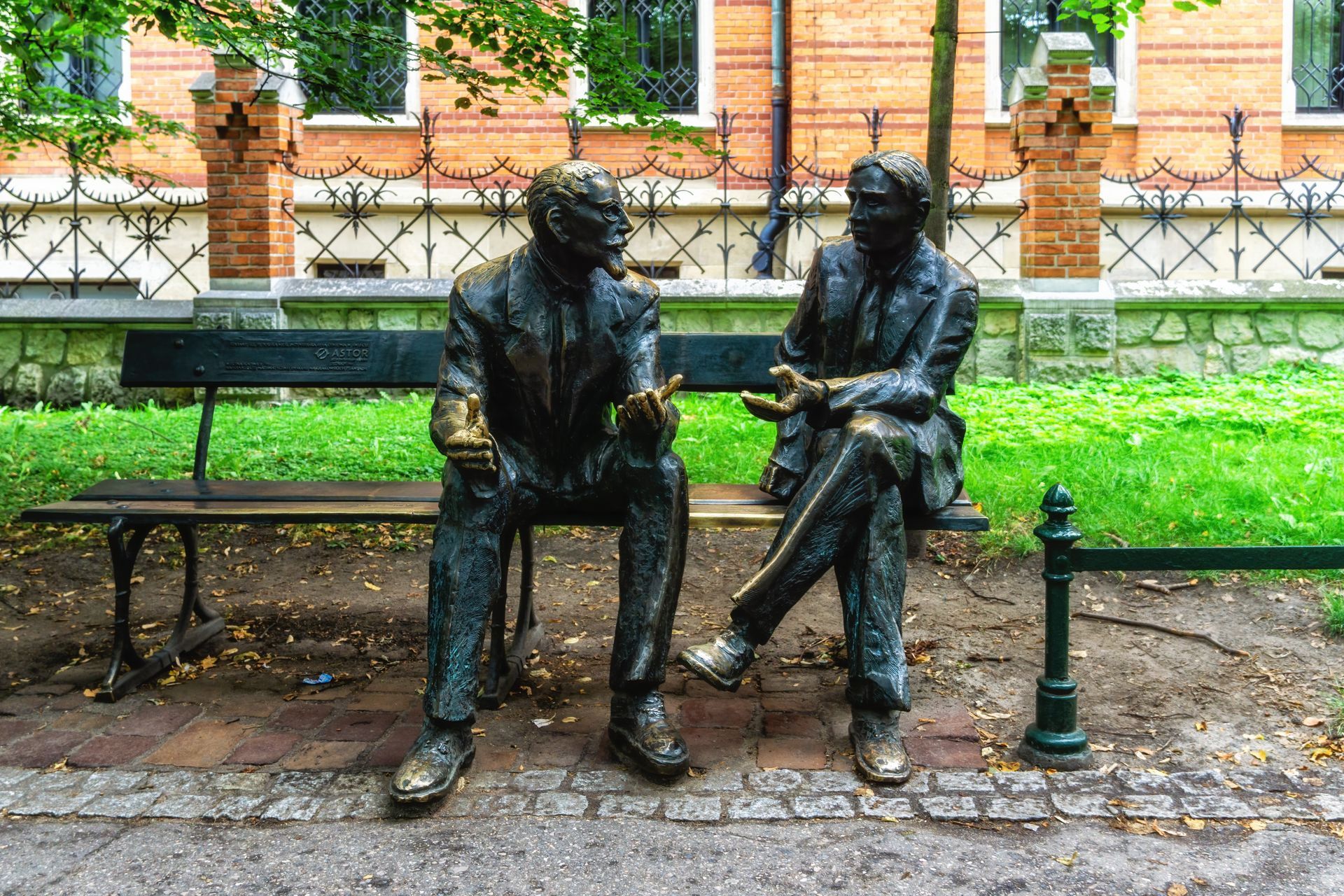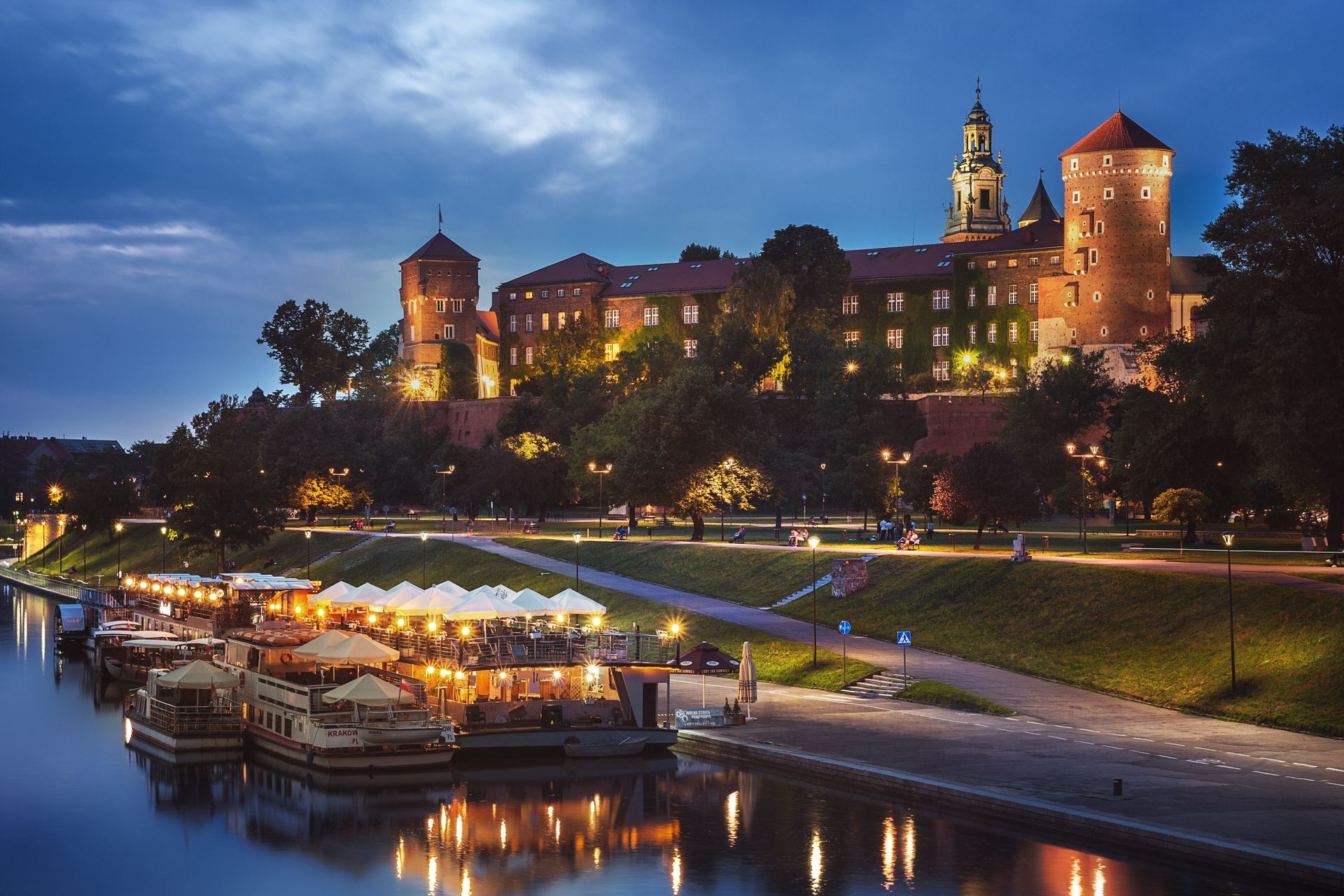Lajkonik - The Symbol of Kraków’s Unique Tradition
Every year, on the first Thursday after Corpus Christi, the streets of Kraków come alive with the vibrant and joyful Lajkonik procession. This centuries-old tradition, deeply rooted in local folklore, is one of the city’s most cherished cultural events.
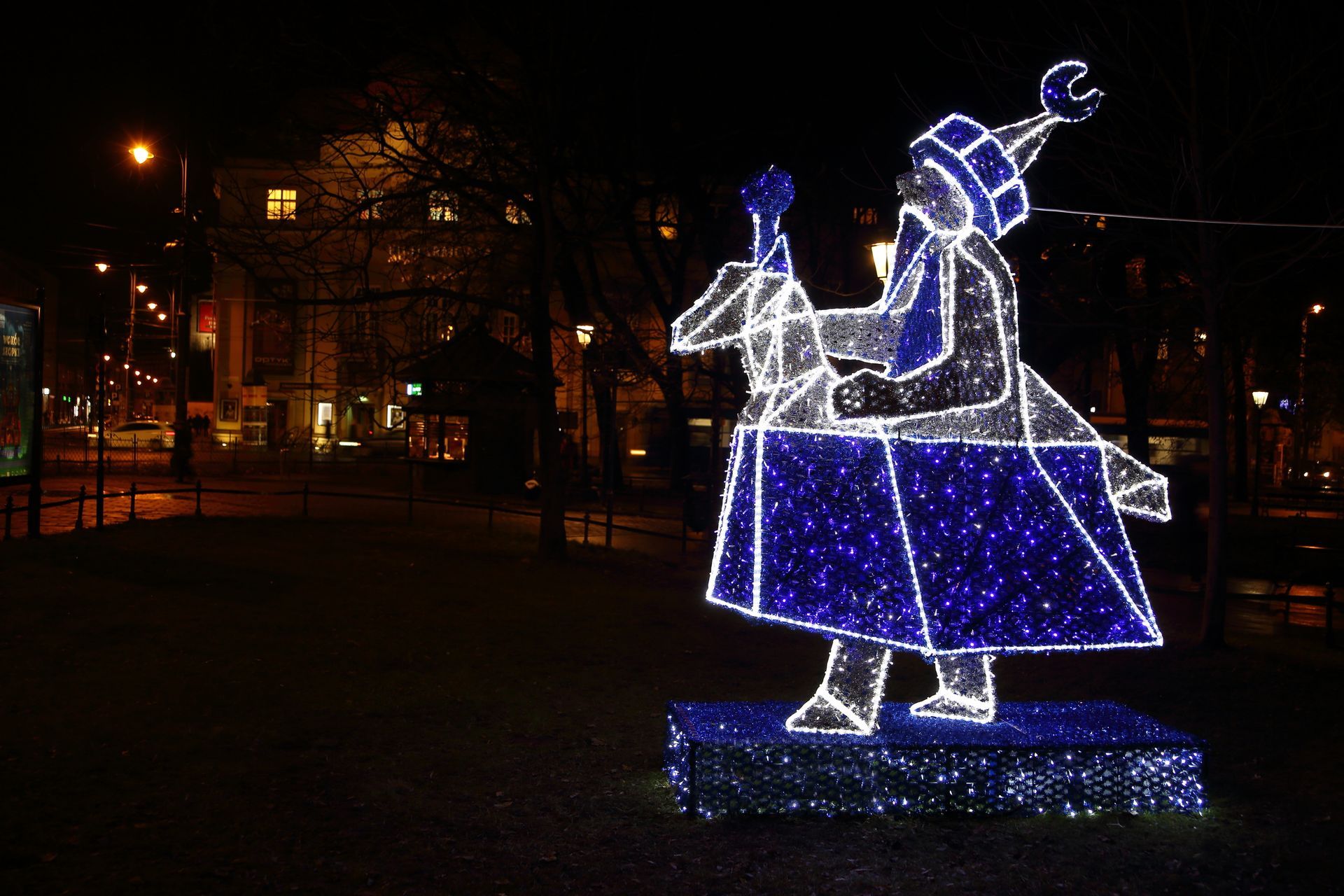
The legend of Lajkonik
The origins of the Lajkonik tradition date back to the 13th century, during the Mongol invasions of Poland. According to legend, Tatar warriors planned a surprise attack on Kraków. However, the brave raftsmen of the Vistula River discovered the invaders' camp and launched a successful counterattack. After their victory, they dressed in the fallen Tatars' clothing and triumphantly returned to the city, where they were greeted as heroes. To commemorate this event, a costumed rider, known as the Lajkonik, now parades through Kraków every year.

The Festivities
Dressed in a richly embroidered Tatar-style costume, the Lajkonik rides a wooden horse attached to his waist and leads a lively procession through the streets of the historic district. Accompanied by musicians, dancers, and revelers, he playfully taps spectators with his mace—a gesture believed to bring good luck. The celebration culminates in the Main Market Square, where the Lajkonik receives a symbolic tribute from the mayor of Kraków.
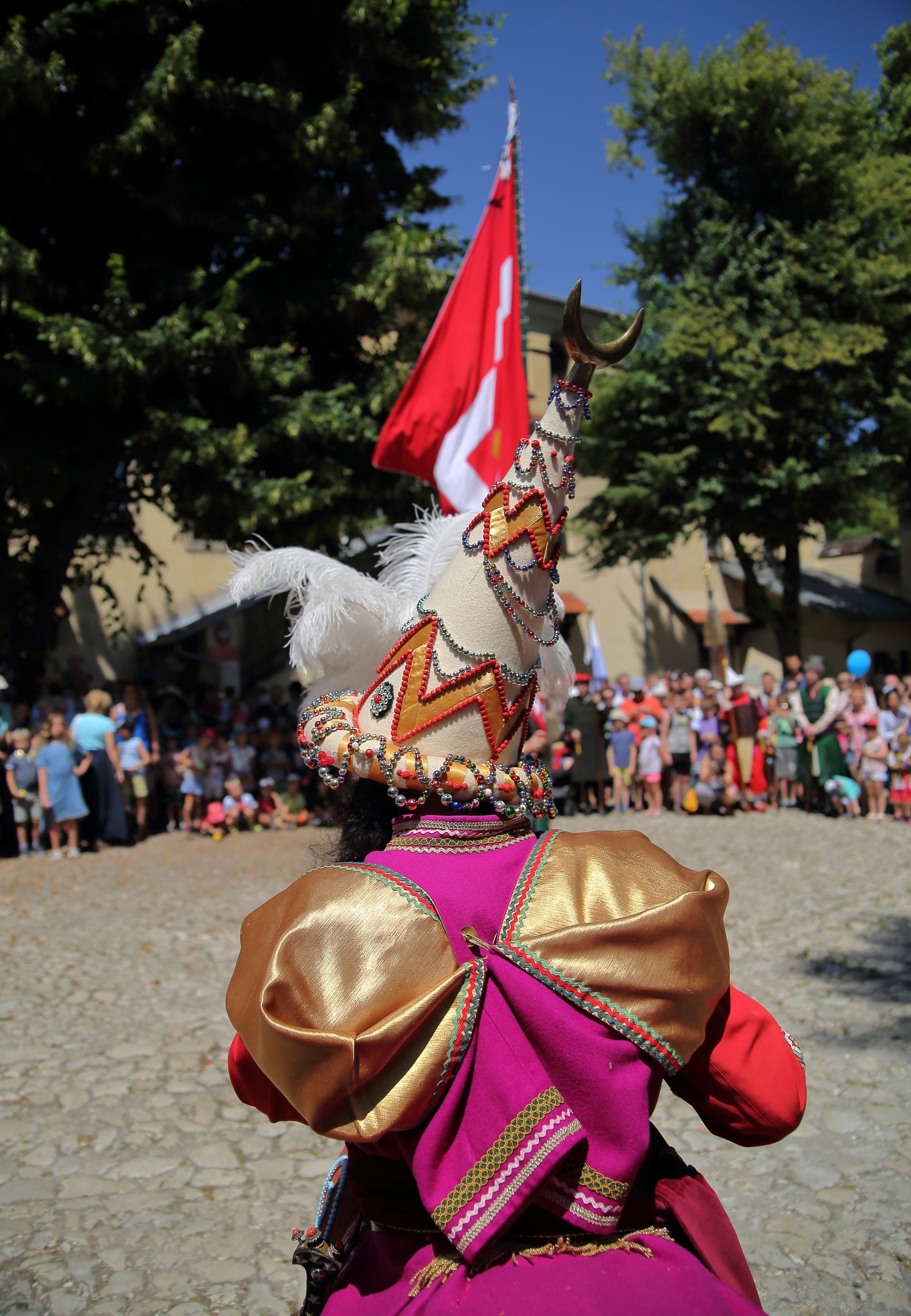
A Living Tradition
The Lajkonik procession is more than just a spectacle; it is a living tradition that connects Kraków’s past with its present. Generations of locals have grown up watching and participating in the event, making it an essential part of the city’s identity. Today, it remains a must-see attraction for anyone visiting Kraków in early summer.
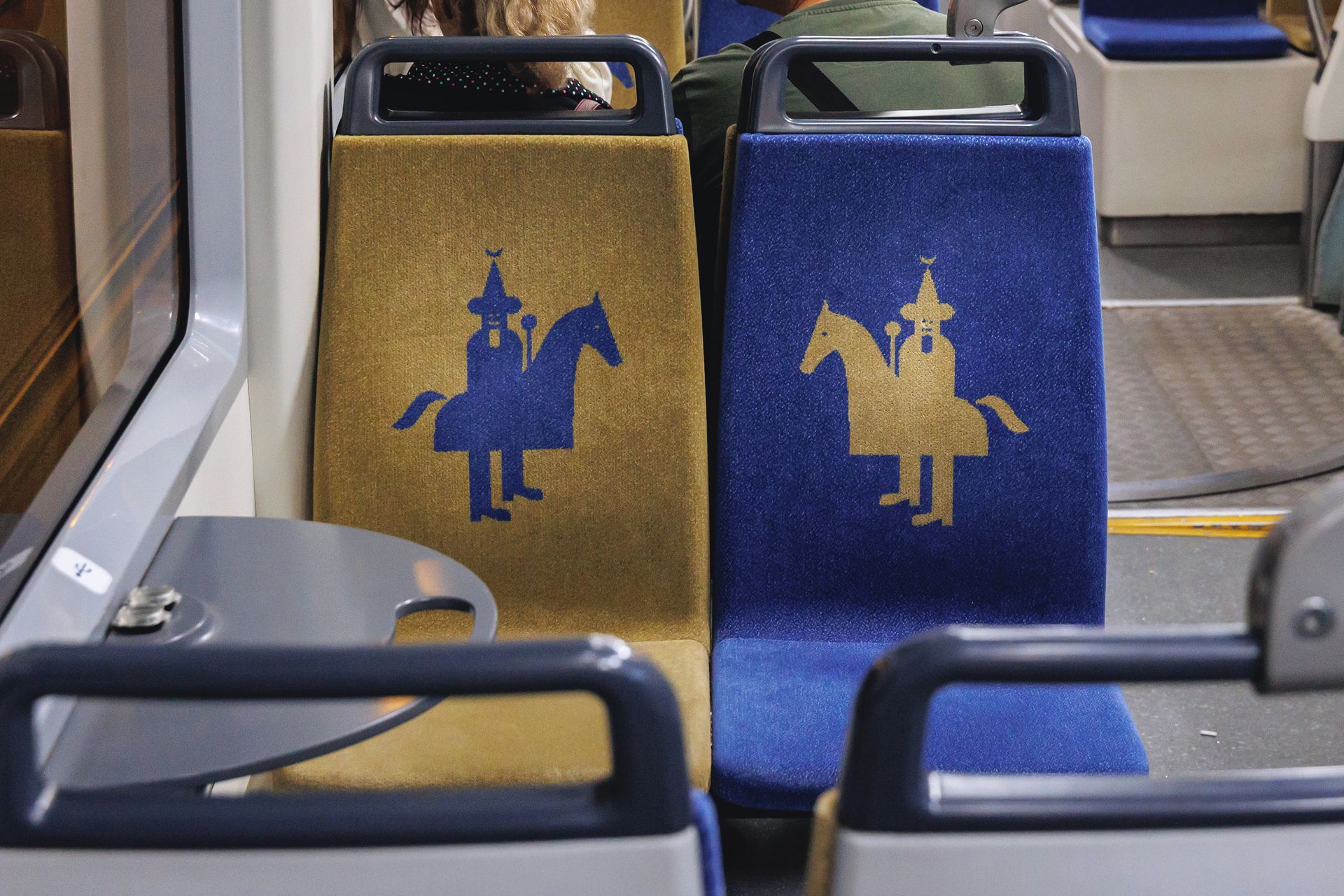
Whether you are drawn to its historical significance, its festive atmosphere, or simply the charm of its colorful parade, the Lajkonik celebration is an unforgettable experience. Next time you find yourself in Kraków, be sure to witness this remarkable tradition firsthand!
Best Regards,
MagneticTours
